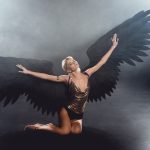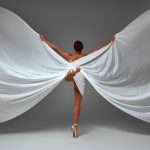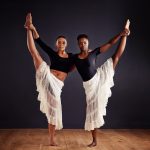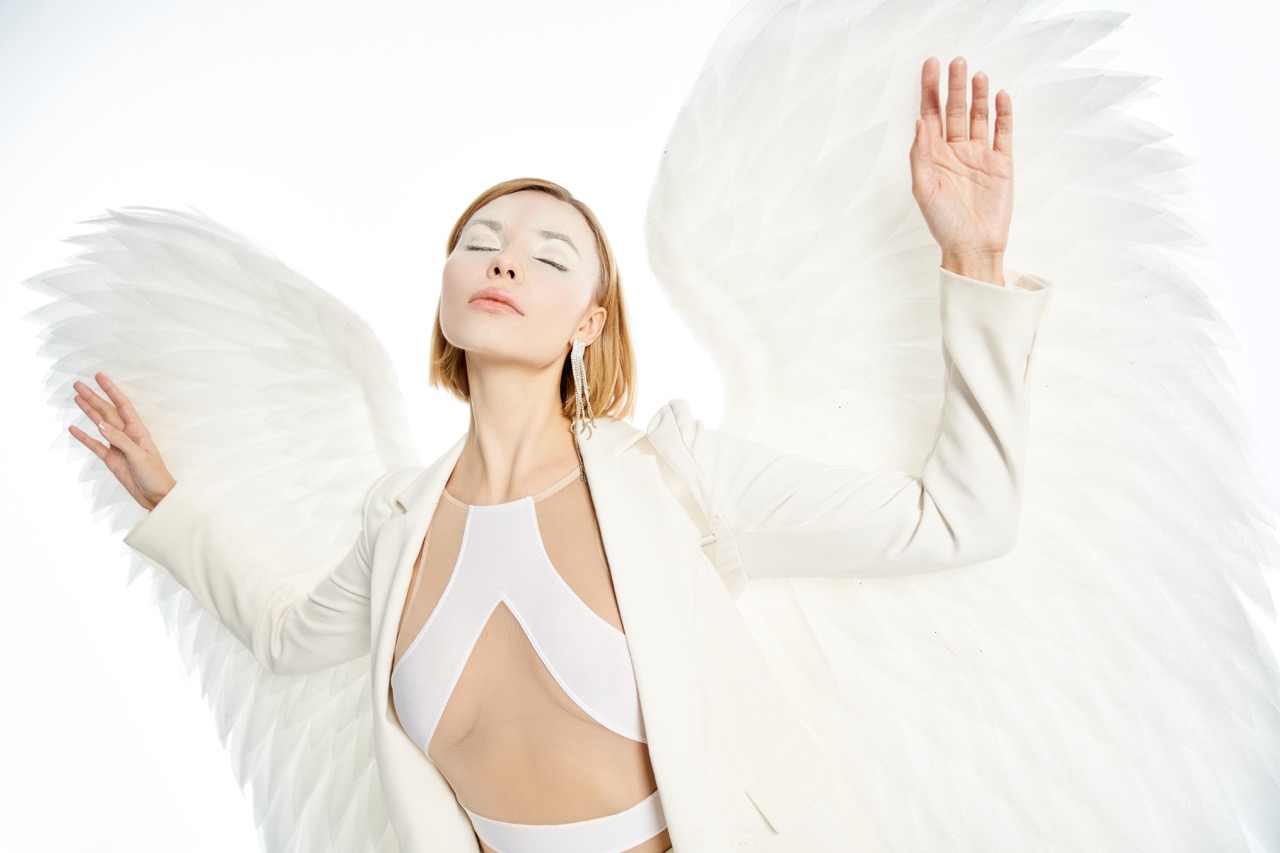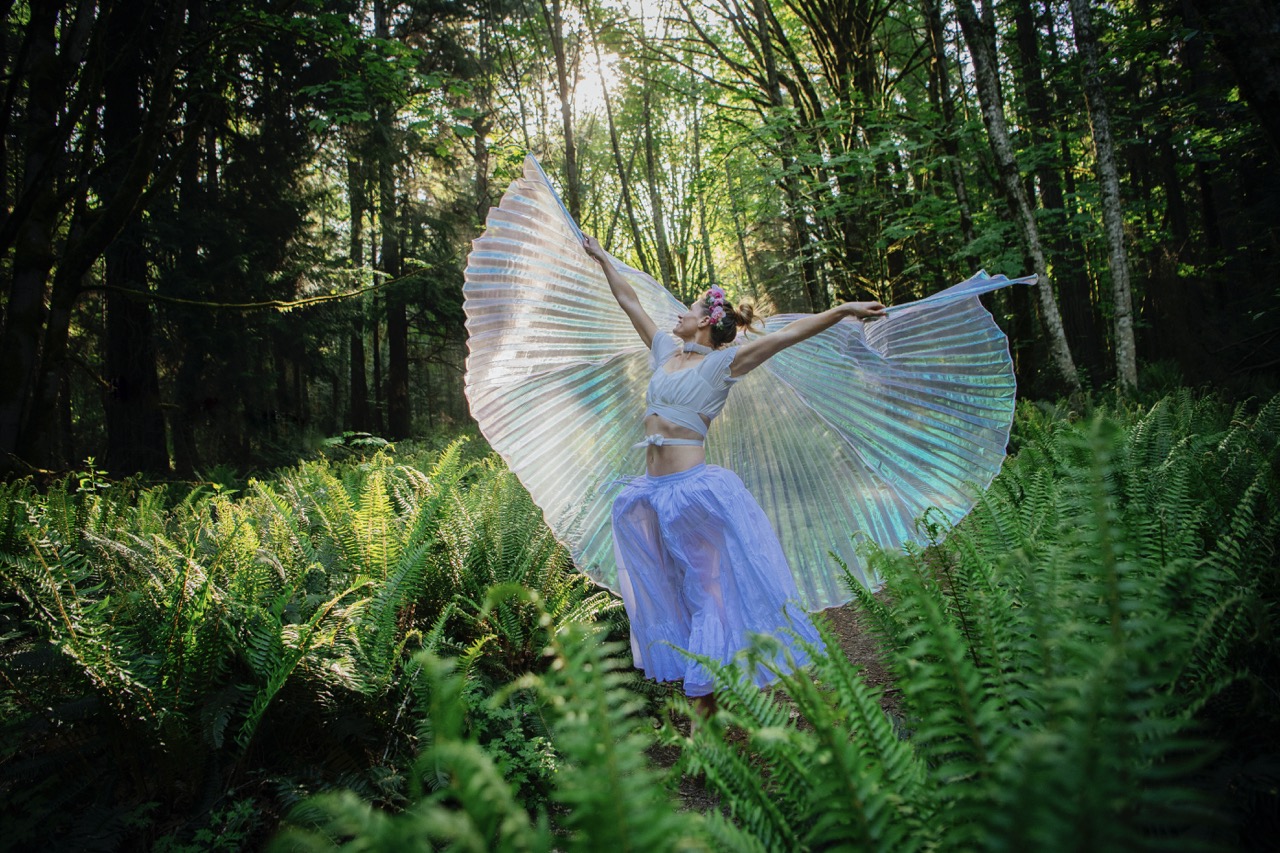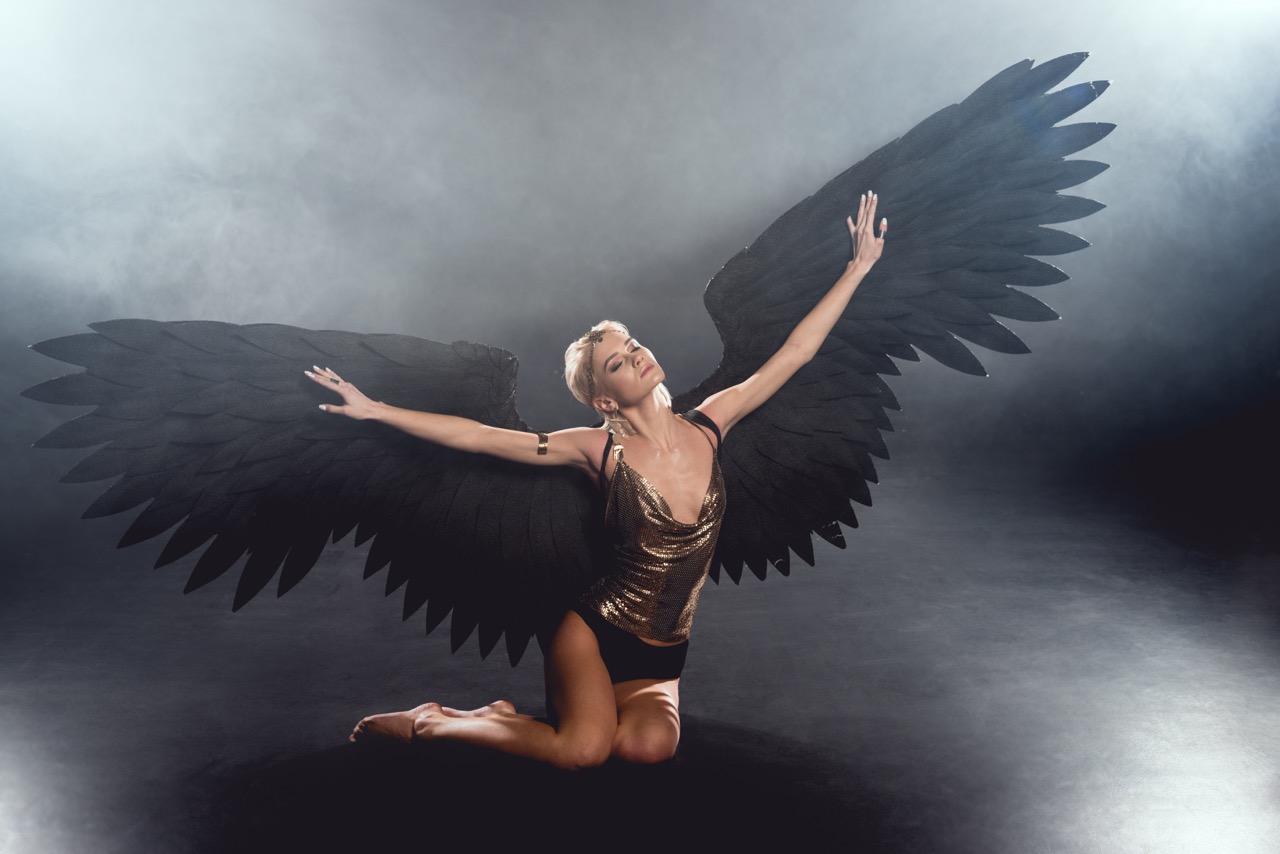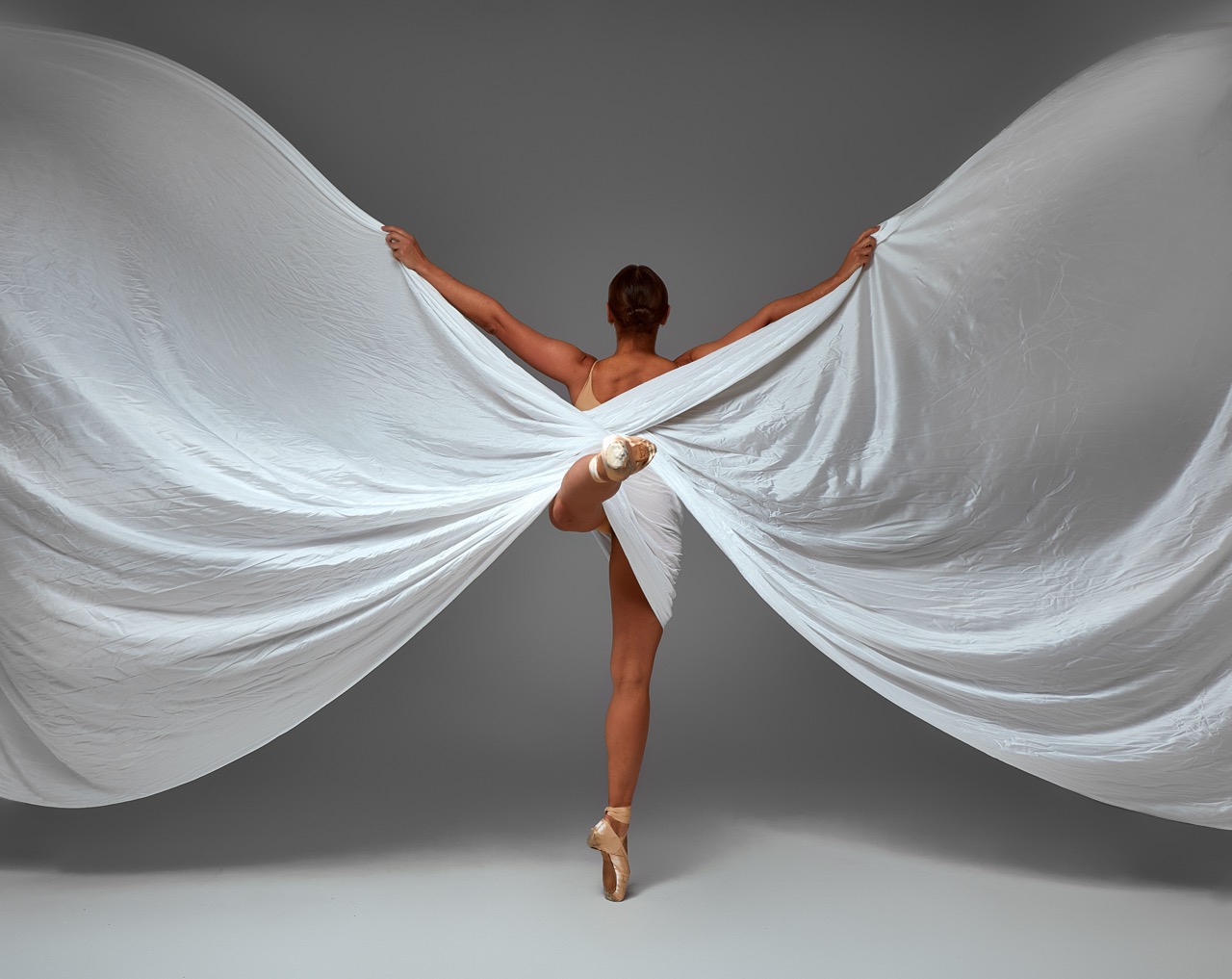Ballet has long captivated audiences with its ethereal beauty and emotive storytelling, and one of the most compelling symbols within this art form is that of wings. The use of wings in ballet often evokes notions of elegance, transformation, and freedom, enhancing both the visual spectacle and the narrative depth. This article explores the multifaceted role of wings in ballet, particularly focusing on the iconic "Swan Lake," as well as other classical pieces, shedding light on how this imagery transcends mere aesthetics to convey profound themes in dance.
The Symbolism of Wings: Elegance and Transformation in Dance
Wings in ballet serve as a powerful symbol of transformation, reflecting the journey of characters as they navigate their struggles and aspirations. In "Swan Lake," for instance, the transformation of Odette from a swan to a human encapsulates the duality of her existence. The wings not only signify her grace and beauty but also embody her plight, representing both freedom and entrapment. This duality resonates with audiences, illustrating the complexities of the human experience through the lens of mythical narratives.
Beyond "Swan Lake," wings appear in various forms across ballet repertoire, symbolizing liberation and transcendence. In works like "La Sylphide," the ethereal sylphs, with their delicate wings, represent the yearning for freedom in a world constrained by societal norms. This motif of winged beings transcends the literal, becoming a metaphor for the aspirations and inner struggles faced by dancers and their characters. The elegance of winged imagery allows for a poignant exploration of identity and transformation within the confines of structured choreography.
Furthermore, wings often embody the idea of escape from constraints, both physically and emotionally. In the context of ballet, the act of dancing with wings evokes a sense of lightness and flight, resonating with the audience’s desire for freedom and transcendence. This symbolic interpretation encourages viewers to reflect on their own experiences, fostering a deeper connection between the performance and their personal narratives. In this way, wings become not just a visual element, but a conduit for exploring themes of liberation and self-discovery in dance.
Choreographic Wings: How Movement Elevates Storytelling
Choreographers utilize the imagery of wings to elevate storytelling within ballet, crafting movements that mimic flight and grace. In "Swan Lake," the flowing arms of the dancers often evoke the movement of wings, creating a visual language that communicates the emotional state of the characters. The choreography amplifies the narrative by emphasizing the duality of Odette’s existence—her delicate, fluttering movements in her swan form contrast sharply with the grounded, human expressions when she interacts with Prince Siegfried.
In addition to mimicking winged movement, choreography often uses formations and patterns to create the illusion of wings in the ensemble. By positioning dancers in ways that resemble a flock of swans, choreographers can invoke themes of unity, vulnerability, and grace. This collective movement not only enhances the aesthetic beauty of the performance but also deepens the audience’s understanding of the characters’ relationships and struggles. Thus, the choreography becomes a visual metaphor for the themes of freedom and confinement that permeate the narrative.
Moreover, the interplay between music and movement is vital in conveying the symbolism of wings. The soaring melodies often accompany elevated movements, allowing dancers to express emotional highs and lows aligned with the lyrical qualities of the score. As dancers extend their arms and leap into the air, the audience is enveloped in a narrative that transcends mere words. In this dance of storytelling, wings become a powerful embodiment of emotion, inviting the audience to experience the characters’ journeys through the sheer beauty of movement.
The Artistry of Costumes: Wings as Visual Poetry in Ballet
Costuming is an essential component that enhances the symbolism of wings in ballet, transforming dancers into fantastical beings. In "Swan Lake," the iconic white tutus worn by the swan maidens not only highlight their grace but also visually represent their connection to the ethereal world. The delicate fabric and intricate designs mimic the softness of feathers, allowing their movements to evoke the fluidity and elegance of flight, immersing the audience in a dreamlike atmosphere.
In many classical ballets, the use of wings—whether literal or metaphorical—is articulated through costume design that marries aesthetics with narrative intent. In "La Sylphide," for instance, the sylph’s costumes often feature flowing elements reminiscent of wings, accentuating their otherworldly nature. The artistry of these costumes becomes visual poetry, inviting the audience to engage with the characters’ emotional depth and their struggle between the earthly and the ethereal.
Costumes also play a crucial role in highlighting the thematic contrasts present in ballet. The juxtaposition of light, airy wings against heavier, grounded garments can represent the internal conflicts faced by characters. For example, Odette’s transformation is underscored by her costume, which shifts from graceful swan attire to the more restrictive clothing of her human form. This visual storytelling through costumes not only enhances the overall aesthetic experience but also deepens the audience’s understanding of the characters’ journeys, making wings an integral element of ballet’s narrative artistry.
From Swan Lake to Beyond: Wings in the Classical Repertoire
The motif of wings has become synonymous with the world of ballet, transcending individual works to permeate the classical repertoire. While "Swan Lake" remains the most iconic example, other ballets have also taken inspiration from winged creatures to express themes of love, loss, and transformation. In "Giselle," the ghostly Wilis, with their ethereal presence, can be seen as a reflection of the fragility of life and the haunting beauty of unfulfilled dreams, embodying the essence of wings as a symbol of longing.
Similarly, in works like "The Nutcracker," the character of the Sugar Plum Fairy is often depicted with wings that signify enchantment and whimsy. Her flights across the stage contribute to the narrative’s magical quality, inviting the audience into a world where the boundaries between reality and fantasy blur. This use of wings signifies not only the wonder of childhood but also the fleeting nature of dreams, reinforcing the layers of meaning embedded in ballet’s storytelling.
As ballet continues to evolve, the symbolism of wings remains a potent tool for choreographers and dancers alike. New interpretations and contemporary adaptations of classic ballets frequently incorporate wing imagery to explore modern themes, resonating with audiences on various levels. This legacy of wings—rooted in the tradition of storytelling—ensures that their significance endures, inviting new generations to find solace and inspiration in their graceful embrace.
In conclusion, the use of wings in ballet, particularly in works like "Swan Lake," serves as a powerful embodiment of elegance, transformation, and emotional depth. From the symbolism of wings that articulate complex narratives, to the choreographic movements that elevate storytelling, and the artistry of costumes that create visual poetry, wings remain an enduring motif in the classical ballet repertoire. As we continue to witness the evolution of this art form, the imagery of wings will undoubtedly remain a profound symbol of freedom and grace, inviting both dancers and audiences to explore the heights of human experience through the beauty of movement.

